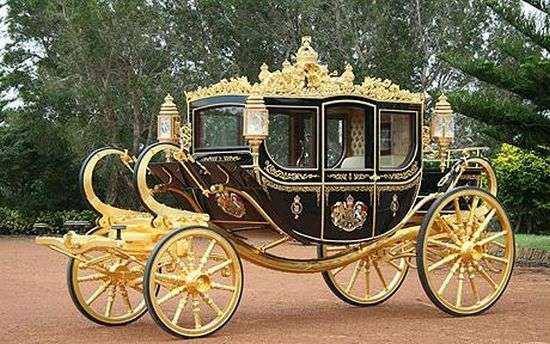Stamp: Roman Postal Route and Roman Coin (Bosnia and Herzegovina, Croatian Administration 2020)
Roman Postal Route and Roman Coin (Bosnia and Herzegovina, Croatian Administration 2020)
05 April (Bosnia and Herzegovina, Croatian Administration ) within release Europa (C.E.P.T.) 2020 - Ancient Postal Routes goes into circulation Stamp Roman Postal Route and Roman Coin face value 3 Bosnia and Herzegovina convertible mark
| Stamp Roman Postal Route and Roman Coin in catalogues | |
|---|---|
| Yvert et Tellier: | Yt: BA-HB 497 |
Stamp is horizontal format.
Issued in panes of eight with decorative central labelAlso in the issue Europa (C.E.P.T.) 2020 - Ancient Postal Routes:
- Stamp - Roman Postal Route and Roman Coin face value 3;
- Stamp - Roman Postal Route and Roman Coin face value 3;
- Souvenir Sheet - Roman Postal Route and Roman Coin face value 6;
- Mini Sheet - Roman Postal Route and Roman Coin face value 8*3;
- Mini Sheet - Roman Postal Route and Roman Coin face value 8*3;
Stamp Roman Postal Route and Roman Coin it reflects the thematic directions:
Animals are multicellular, eukaryotic organisms of the kingdom Animalia (also called Metazoa). All animals are motile, meaning they can move spontaneously and independently, at some point in their lives. Their body plan eventually becomes fixed as they develop, although some undergo a process of metamorphosis later on in their lives. All animals are heterotrophs: they must ingest other organisms or their products for sustenance.
A carriage is a two- or four-wheeled horse-drawn vehicle for passengers. Second-hand private carriages were common public transport, the equivalent of modern cars used as taxis. Carriage suspensions are by leather strapping or, on those made in recent centuries, steel springs. Two-wheeled carriages are usually owner-driven.
A coin is a small object, usually round and flat, used primarily as a medium of exchange or legal tender. They are standardized in weight, and produced in large quantities at a mint in order to facilitate trade. They are most often issued by a government. Coins often have images, numerals, or text on them. The faces of coins or medals are sometimes called the obverse and the reverse, referring to the front and back sides, respectively. The obverse of a coin is commonly called heads, because it often depicts the head of a prominent person, and the reverse is known as tails.
The horse (Equus ferus caballus) is one of two extant subspecies of Equus ferus. It is an odd-toed ungulate mammal belonging to the taxonomic family Equidae. The horse has evolved over the past 45 to 55 million years from a small multi-toed creature, Eohippus, into the large, single-toed animal of today. Humans began to domesticate horses around 4000 BC, and their domestication is believed to have been widespread by 3000 BC. Horses in the subspecies caballus are domesticated, although some domesticated populations live in the wild as feral horses. These feral populations are not true wild horses, as this term is used to describe horses that have never been domesticated, such as the endangered Przewalski's horse, a separate subspecies, and the only remaining true wild horse. There is an extensive, specialized vocabulary used to describe equine-related concepts, covering everything from anatomy to life stages, size, colors, markings, breeds, locomotion, and behavior.
The mail or post is a system for physically transporting documents and other small packages; or, the postcards, letters, and parcels themselves. A postal service can be private or public, though many governments place restrictions on private systems. Since the mid-19th century national postal systems have generally been established as government monopolies with a fee on the article prepaid. Proof of payment is often in the form of adhesive postage stamps, but postage meters are also used for bulk mailing. Modern private postal systems are typically distinguished from national postal agencies by the names "courier" or "delivery service". Postal authorities often have functions other than transporting letters. In some countries, a postal, telegraph and telephone (PTT) service oversees the postal system, in addition to telephone and telegraph systems. Some countries' postal systems allow for savings accounts and handle applications for passports.





